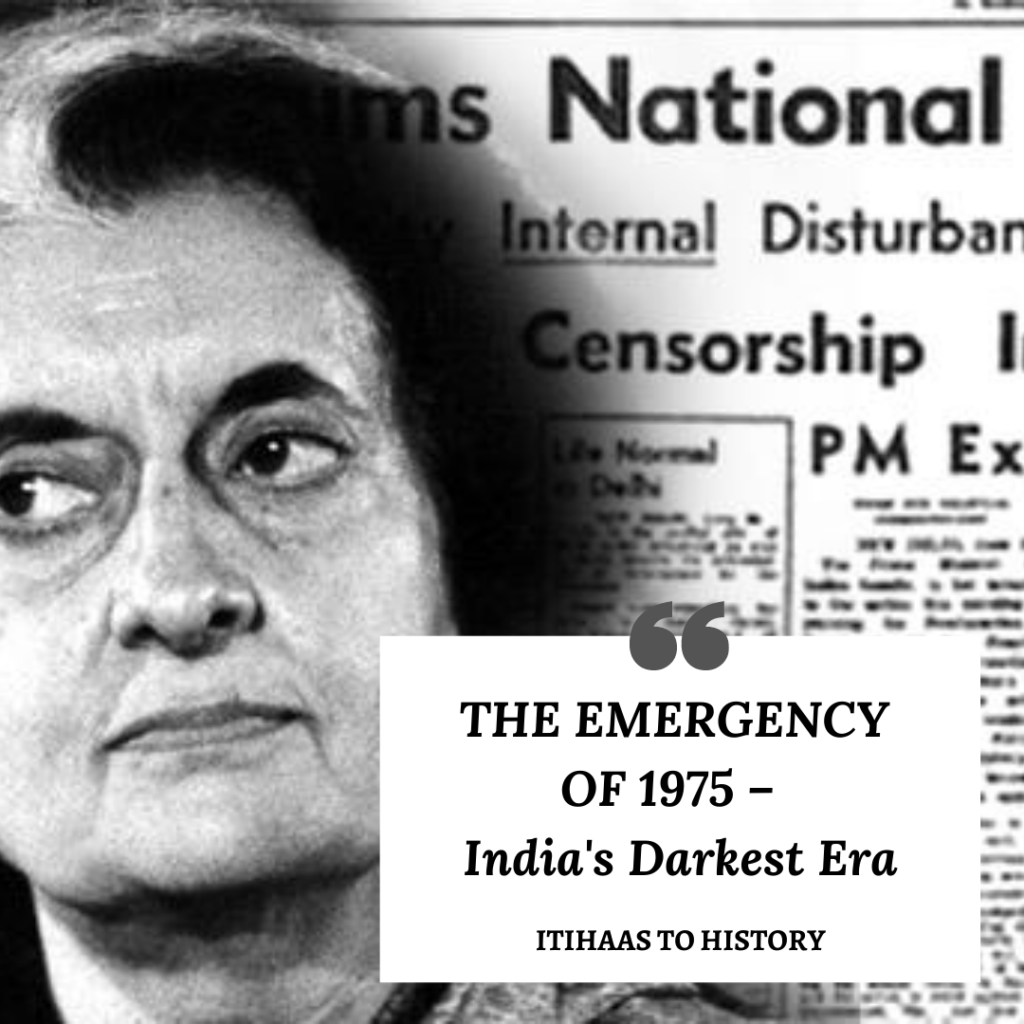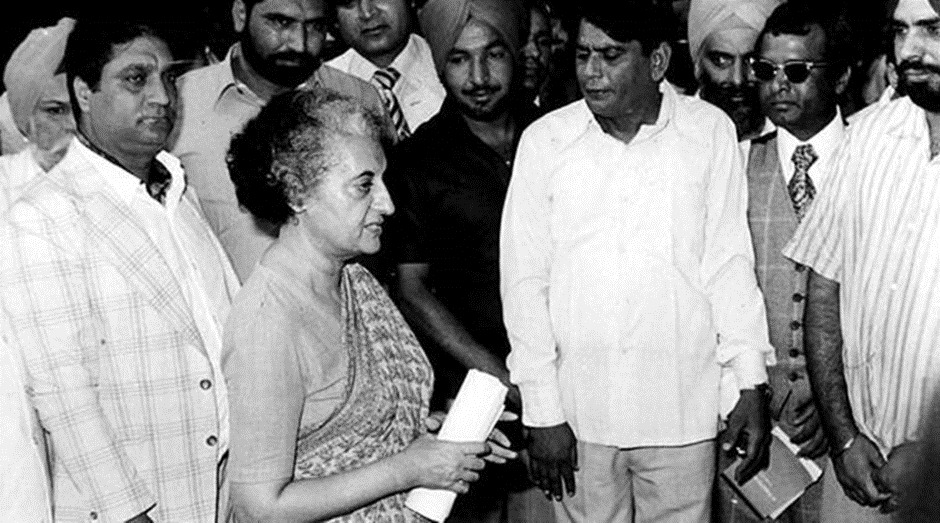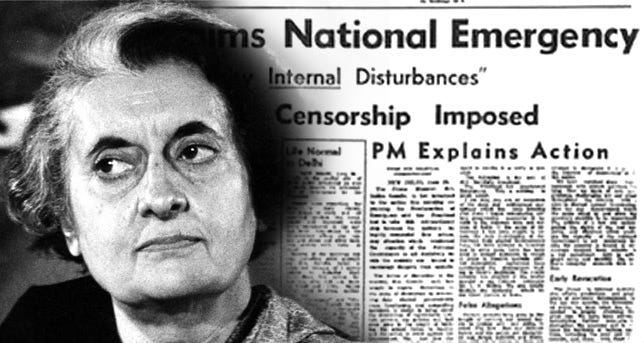
This week, India marked a solemn milestone: the 50th anniversary of the Emergency, declared on June 25, 1975 by then Prime Minister Indira Gandhi. Widely considered the darkest period in Indian democratic history, the Emergency saw the suspension of fundamental rights, censorship of the press, and the arrest of thousands of political opponents.
But to truly understand the Emergency, one must also consider two pivotal moments leading up to it: the Allahabad High Court judgment disqualifying Indira Gandhi’s election, and the landmark Kesavananda Bharati case—which attempted to safeguard democracy through constitutional limits.
What Happened During the Emergency?
The Emergency, which lasted from June 25, 1975, to March 21, 1977, saw:
- The suspension of fundamental rights under the Constitution of India
- Mass arrests of opposition leaders including Jayaprakash Narayan, Atal Bihari Vajpayee, and L.K. Advani
- Severe restrictions on press freedom, with newspapers subjected to heavy censorship
- Forced sterilization drives and controversial urban development programs
- Centralization of power within the Prime Minister’s Office, sidelining democratic institutions
The Trigger: Allahabad High Court Judgment (June 12, 1975)
On June 12, 1975, the Allahabad High Court found Indira Gandhi guilty of electoral malpractices during the 1971 Lok Sabha elections. Justice Jagmohanlal Sinha declared her election void and barred her from holding public office for six years.
Rather than resign, Indira Gandhi responded by recommending the declaration of Emergency—just 13 days after the verdict—citing “internal disturbance” and a threat to national stability.
The Supreme Court & The Basic Structure Doctrine
Just two years earlier, in 1973, the Supreme Court of India delivered its historic judgment in the Kesavananda Bharati v. State of Kerala case. The Court ruled that Parliament cannot amend the “basic structure” of the Constitution, including democracy, rule of law, and separation of powers.
Ironically, this judgment was meant to act as a constitutional safeguard against authoritarianism. However, during the Emergency, several constitutional amendments were passed to weaken this doctrine, further centralize power, and override judicial scrutiny.
Another controversial moment came in ADM Jabalpur v. Shivkant Shukla (1976), where the Supreme Court ruled that during Emergency, even the right to life under Article 21 could be suspended. This judgment shocked the nation, as the apex court failed to protect the very rights it was meant to uphold.
Justice H.R. Khanna was the lone dissenter in that 4–1 verdict. His principled stand cost him the position of Chief Justice, but he is remembered today as a guardian of liberty.
How Was the Emergency Observed in 2025?
1. Government’s Observance
The BJP-led government marked the occasion with a nationwide campaign reminding citizens of the importance of constitutional safeguards. Prime Minister Narendra Modi declared:
“We must never forget that democracy is our soul. The Emergency teaches us to stay vigilant against the misuse of power.”
2. Congress Party’s Response
The Indian National Congress acknowledged the historical mistake but criticized the ruling party for political opportunism. Leaders urged citizens to focus on present-day democratic challenges and not weaponize history selectively.
3. Academic, Public & Media Engagements
- Universities hosted seminars on constitutional law, showcasing key judgments like Kesavananda Bharati and ADM Jabalpur.
- Media outlets aired retrospectives with rare archival footage and survivor accounts.
- Social media campaigns used hashtags like #Emergency50, #NeverForget, and #ProtectDemocracy to spread awareness among younger generations.

Why This History Matters
The Emergency is not just a chapter in history books—it’s a lesson in the fragility of democratic institutions. It underscores the need for:
- A free and independent judiciary
- A robust media
- Strong civil society and opposition
- Vigilant citizens
As India continues to grow as a modern democracy, the Emergency serves as a stark reminder of the importance of safeguarding constitutional values.
Final Thoughts
Fifty years later, the Emergency serves as a chilling reminder of how close India came to losing its democracy. The brave resistance by political leaders, journalists, lawyers, and common citizens eventually led to its downfall, but not before fundamental rights were trampled and constitutional norms were broken.
As India looks ahead, the lesson remains: Democracy must be guarded not just in times of crisis, but every single day. The Constitution, especially its basic structure, is not merely a document—it is the conscience of the Republic.


